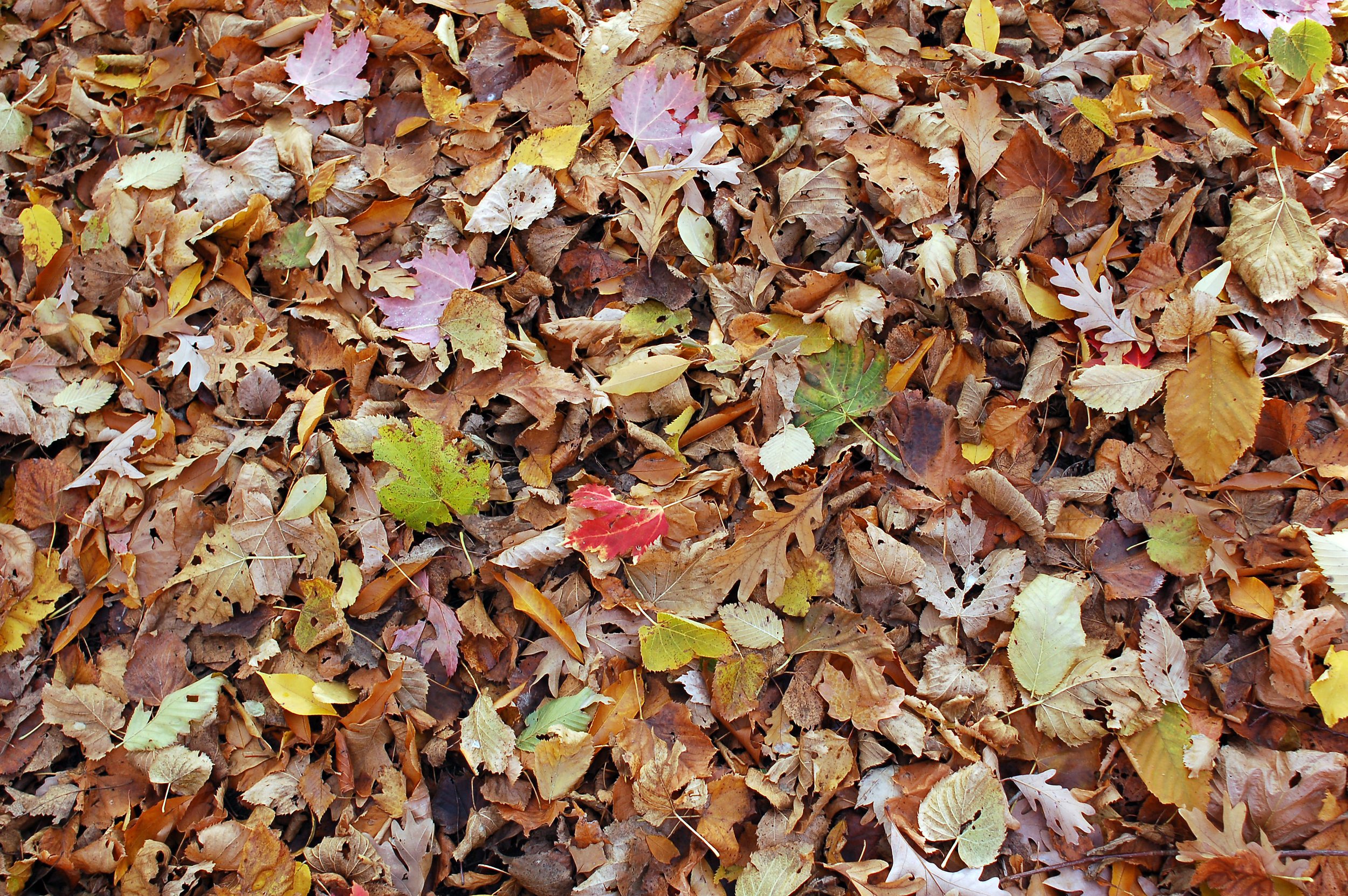Don’t Toss All the Leaves
Many have heard the adage, “Right Plant, Right Place” when it comes to successful garden design.
We must look at the environment we are about to put the plant in (soil type, number of hours of light that area of the garden receives, water and microclimatic conditions, etc.). This is necessary to understand whether a given plant stands a chance at flourishing in that space. We can do most of this assessment without getting our hands into the earth. Yet it is the earth, the topsoil itself, that is often one of the most significant and neglected features of our gardening practices.
Topsoil, that first layer of earth that our feet touch – and, if we are gardeners, that are our hands dig into – is integral to plant life, our lives. Topsoil contains the nutrients and microorganisms that plants need to flourish. Without healthy topsoil, plants of any kind struggle. While the issue of topsoil degradation and loss has gained traction in agricultural circles – some estimate that we will run out of healthy topsoil in less than a century, which has serious food security implications – we need to consider how we tend to the soil under our feet in our own gardens.
Healthy topsoil is replete with microorganisms that form underground networks that provide nutrients, chemical messages and a host of other functions to underground ecosystems. Our general mis/overuse of the “cides” (pesticide, herbicide, etc.) is detrimental to these microorganisms. We then use artificial fertilizer to try to bring soil health back to where we think (or are advised) it should be. At this time of year, a way we can support the health of our topsoil is to bag fewer leaves. If we rake leaves (or mulched leaves) into garden beds instead of tossing them, they decompose and return much-needed nutrients to the soil. These leaves also provide a natural layer of insulation for the topsoil and a space for beneficial insects to overwinter in our gardens.
Before this land contained our homes, it was farmland. Before farmland, it was prairie that contained one of the most ecologically diverse and nutrient dense topsoils on earth. Soil so enviable that an entire agricultural industry was built upon it. We do not know to what use this land will be put down the road, but we do know that it takes several hundred years for one inch of topsoil to form given the right conditions. We can provide better conditions for our gardens – and the topsoil upon which it is all based – now. We can start by leaving some of the leaves.
Resources
Donley, Nathan and Tari Gunstone. 2021. “Pesticides Are Killing the Organisms That Keep Our Soils Healthy.” Scientific American. https://www.scientificamerican.com/article/pesticides-are-killing-the-worlds-soils/?amp=true&gclid=EAIaIQobChMIsbaxzMDj-gIVBsmUCR2czgDzEAAYByAAEgILpfD_BwE.
Gamillo, Elizabeth. 2022. “More Than 50 Billion Tons of Topsoil Have Eroded in the Midwest.” Smithsonian Magazine. https://www.smithsonianmag.com/smart-news/57-billion-tons-of-top-soil-have-eroded-in-the-midwest-in-the-last-160-years-180979936/.
U.S. Department of Agriculture. 2003. “Fact Sheet: What on Earth is Soil?” https://www.nrcs.usda.gov/Internet/FSE_DOCUMENTS/nrcs144p2_002430.pdf.

